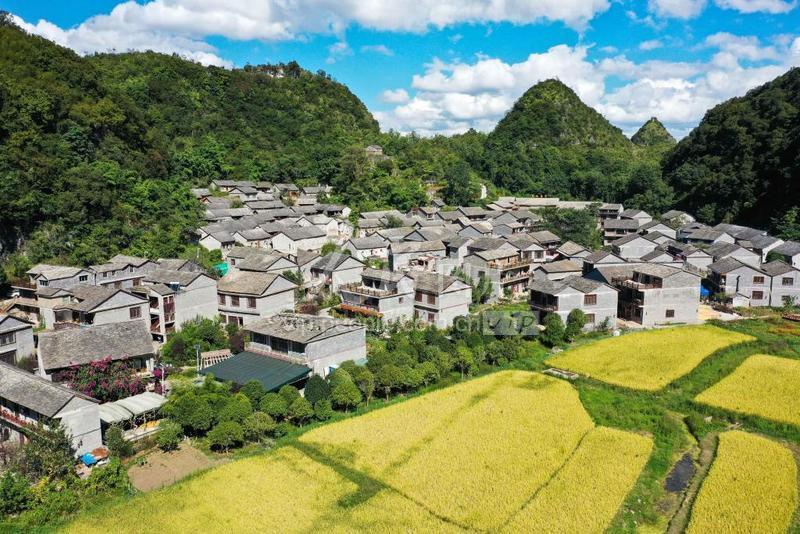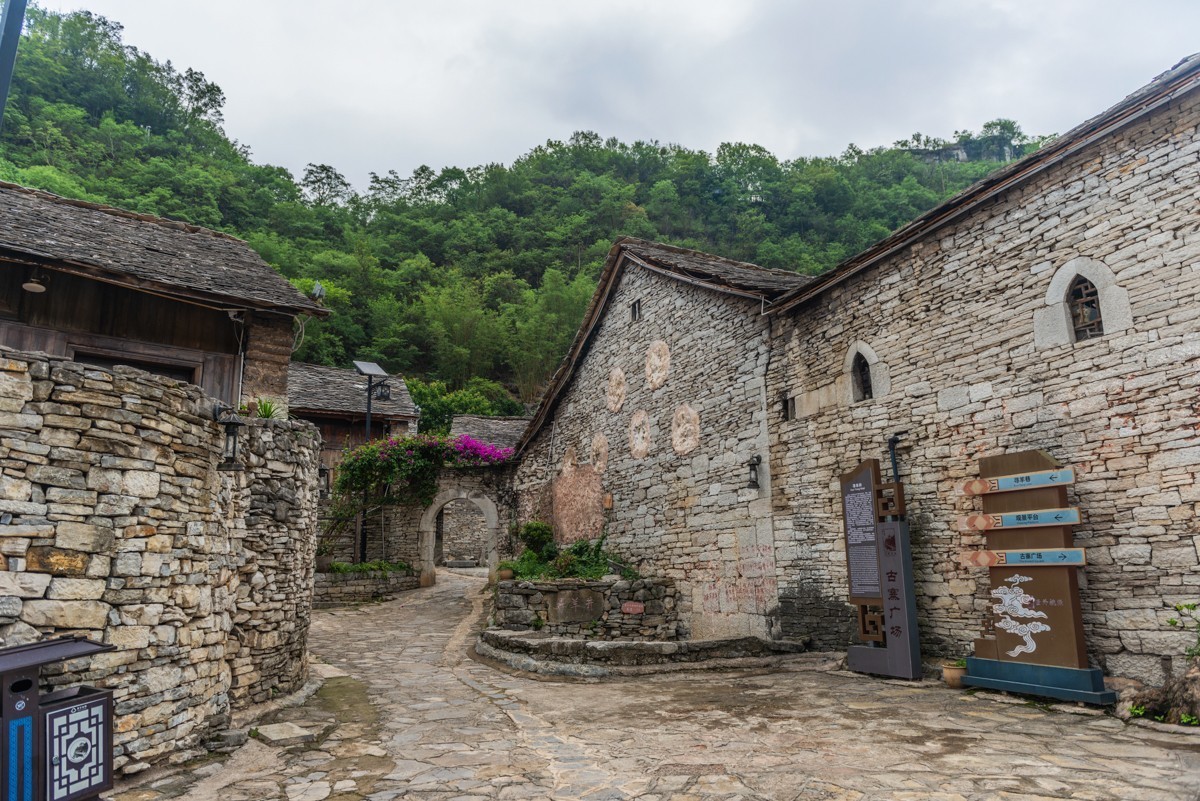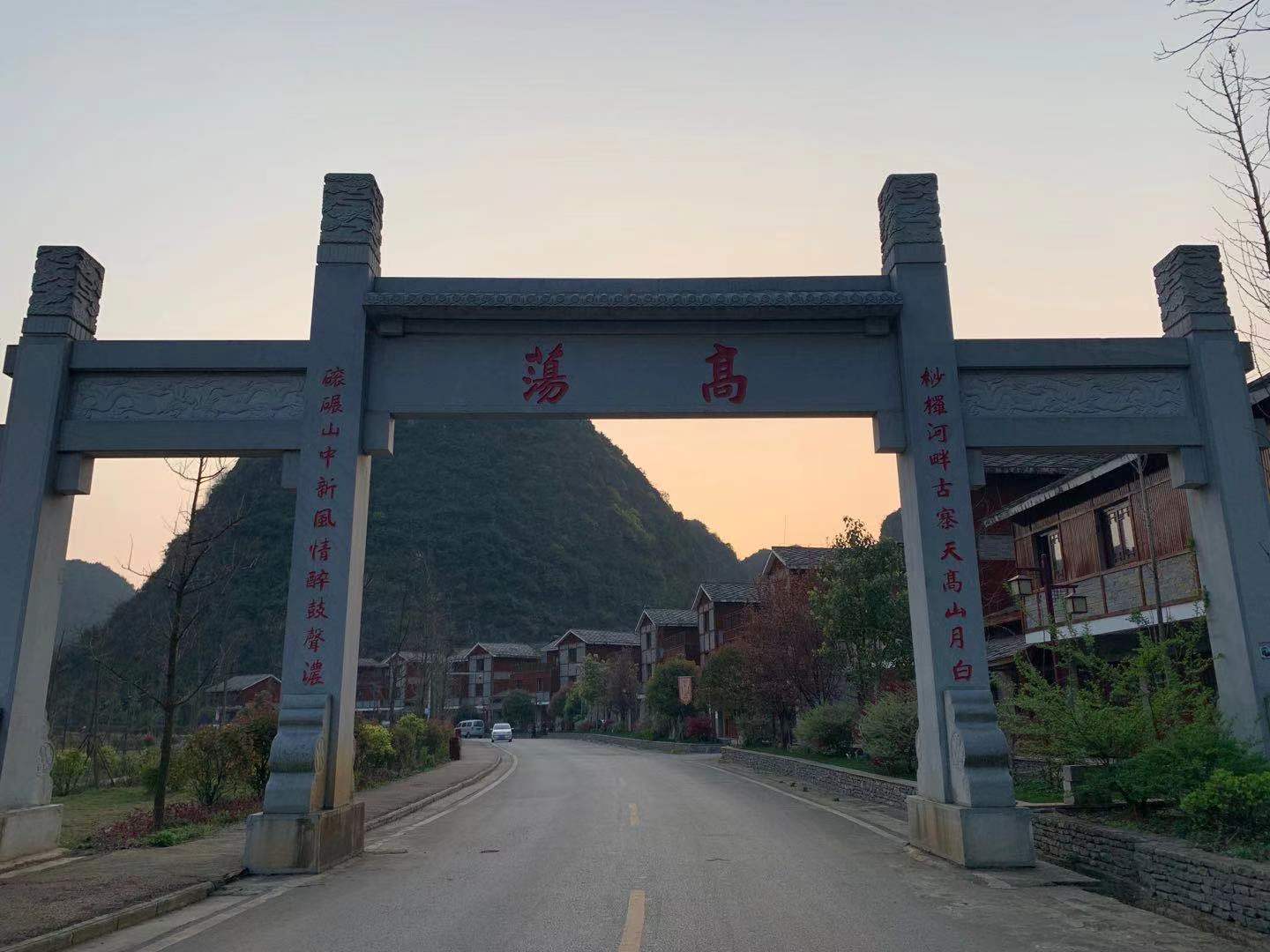



Gaodang Buyi Ancient Village
Gaodang Buyi Ancient Village, located in Zhenning County, Anshun City, Guizhou Province, China, is a well-preserved traditional settlement of the Buyi ethnic group with a history spanning over 600 years. The village is renowned for its distinctive stone architecture, including stone houses, bridges, and ancient fortifications, earning it the nickname "Stone City." Visitors can explore the ancient stone-paved streets, traditional Buyi dwellings, and experience the rich cultural heritage of the Buyi people through local crafts, music, and festivals. The village's serene environment and historical significance make it a captivating destination for those interested in ethnic culture and history.
Information
Ticket price
Time
Location
Zhenning Buyi and Miao Autonomous County, Anshun, Guizhou, China
View maps
More about the trip
Gaodang Buyi Ancient Village: A Stone Village Preserving Buyi Heritage
Gaodang Buyi Ancient Village, located in Zhenning County, Anshun City, Guizhou Province, China, is a well-preserved traditional settlement of the Buyi ethnic group with a history spanning over 600 years. The village is renowned for its distinctive stone architecture, including stone houses, bridges, and ancient fortifications, earning it the nickname "Stone City." It offers a captivating glimpse into the traditional life and rich cultural heritage of the Buyi people.
What to See and Do
Stone Architecture: Wander through the village and admire the unique stone houses, many of which are built without mortar, showcasing the ingenious building techniques of the Buyi people. The stone-paved streets and alleys add to the village's rustic charm.
Ancient Fortifications: Explore the remnants of ancient fortifications, including watchtowers and defensive walls, which speak to the village's historical significance as a protected settlement.
Buyi Cultural Experiences: Immerse yourself in the rich cultural heritage of the Buyi people. You might encounter traditional Buyi music and dance performances, or observe villagers practicing traditional crafts like weaving and dyeing.
Local Life: Observe the daily life of the Buyi villagers, who continue to live in harmony with their traditions. You can see them working in the fields, preparing food, and engaging in community activities.
Natural Surroundings: The village is nestled amidst beautiful natural landscapes, providing a serene and picturesque backdrop for your visit.
Best Time to Visit
Spring and autumn offer the most pleasant weather for exploring. The village is particularly vibrant during Buyi festivals, which are excellent opportunities to experience their culture. Check local calendars for festival dates.
How to Get There
Gaodang Buyi Ancient Village is located in Zhenning County, Anshun. You can take a bus from Anshun city to Zhenning, and then a local bus or taxi to the village. It might be best to arrange transportation with a local tour operator or hire a private car.
Travel Tips
Wear comfortable shoes: You'll be walking on uneven stone paths and steps.
Respect local customs: Be mindful and respectful of the traditions and beliefs of the Buyi people.
Photography: The unique stone architecture and traditional life offer excellent photo opportunities, but always ask for permission before photographing individuals.
Support the local community: Consider purchasing handicrafts or dining at local eateries to support the villagers.






